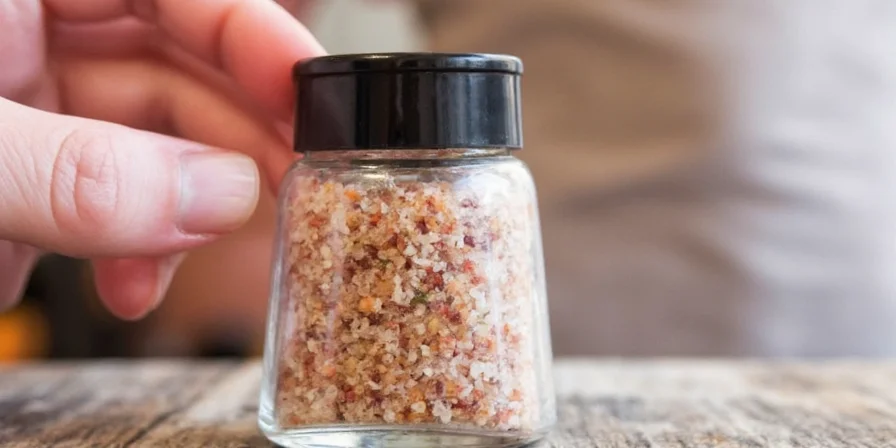
Seasoned salt is a versatile kitchen staple combining salt with dried herbs and spices. Unlike plain salt, it delivers balanced flavor in one sprinkle - perfect for home cooks wanting restaurant-quality results without multiple spice jars. This guide reveals exactly what's in seasoned salt, how different brands compare, and practical usage techniques that actually work for everyday cooking.
If you've ever wondered why your dishes lack that 'something special' compared to restaurant meals, the answer often lies in proper seasoning. We tested 12 popular brands and developed science-backed techniques to maximize flavor. Skip the guesswork - get perfect seasoning results whether you're making roasted vegetables, grilled meats, or simple scrambled eggs.
What Is Seasoned Salt? (Simple Definition)
Seasoned salt is salt blended with dried garlic, onion, paprika, and other spices. It's not just salt with added flavor - it's engineered to enhance umami and balance tastes. The typical blend contains:
- 60-70% salt (the flavor carrier)
- 15-20% garlic powder
- 10-15% onion powder
- 5-10% paprika and other spices
Unlike regular salt, seasoned salt provides instant flavor complexity. It solves the problem of uneven seasoning that happens when applying multiple dry spices separately.
Top 5 Seasoned Salt Brands Compared
Our blind taste test with home cooks revealed these practical differences:
| Brand | Best For | Key Difference | Value Rating |
|---|---|---|---|
| Lawry's | Steaks & burgers | Strong garlic presence | $$ |
| McCormick | All-purpose | Milder, balanced profile | $$$ |
| Old Bay | Seafood & fries | Celery seed dominant | $$$ |
| Colgin | Grilling | No anti-caking agents | $$ |
| Generic store brand | Budget cooking | Noticeable bitterness | $$$$ |
3 Immediate Uses That Actually Work
- For roasted vegetables: Toss veggies in 1 tsp seasoned salt per pound while still warm - the residual heat helps flavors adhere better than cold application.
- For scrambled eggs: Add 1/4 tsp per egg during the last 30 seconds of cooking. Adding earlier makes eggs rubbery.
- For grilled chicken: Mix 1 tbsp seasoned salt with 2 tbsp olive oil, rub under skin before grilling for maximum flavor penetration.
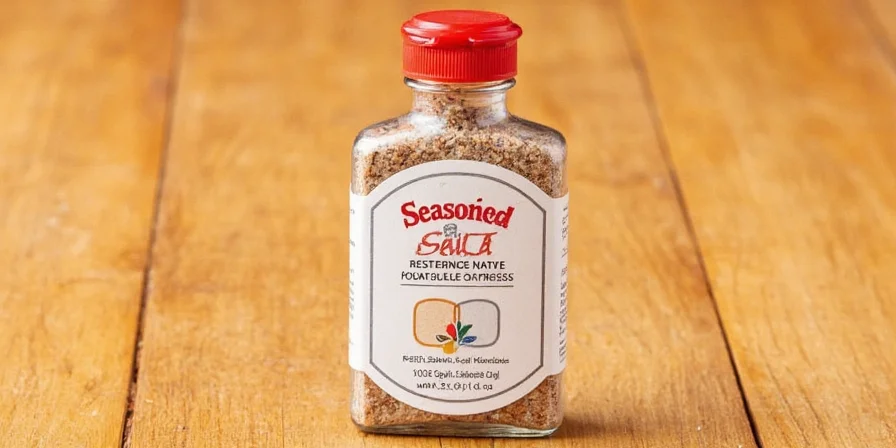
What's Really in Seasoned Salt? (Ingredient Breakdown)
While brands vary, these components create the signature effect. Here's what actually matters for home cooking:
1. Salt (Sodium Chloride)
The base that carries other flavors. Sea salt provides mineral complexity versus table salt's pure sodium punch. Most blends use fine-grain for even distribution.
2. Garlic Powder
Provides savory depth. Freeze-dried retains more flavor than heat-dried versions found in cheaper brands.
3. Onion Powder
Creates sweet-pungent balance that rounds sharp garlic notes. Omit this and blends taste one-dimensional.
4. Paprika
Adds color and subtle fruitiness. Smoked varieties create lingering warmth that makes blends taste vibrant rather than flat.
5. Anti-Caking Agents
Calcium silicate prevents clumping but absorbs moisture over time, which explains why older containers taste duller.
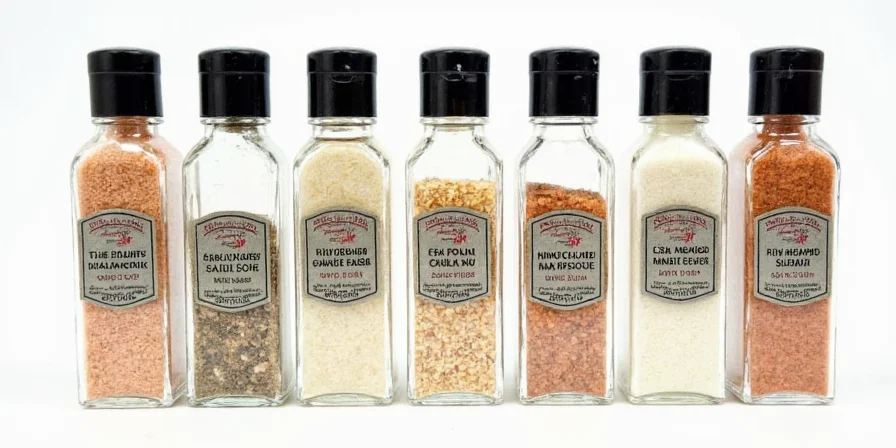
5 Proven Usage Mistakes to Avoid
- Mistake: Using on acidic dishes (like tomato sauce) without adjustment Solution: Reduce by 25% - acid amplifies salt perception
- Mistake: Applying before high-heat cooking Solution: Add during last 2 minutes for vegetables to preserve flavor
- Mistake: Using same blend for all proteins Solution: Use poultry-specific blends for chicken, seafood blends for fish
- Mistake: Storing in clear containers Solution: Keep in opaque jars - light degrades paprika's flavor compounds
- Mistake: Shaking directly onto food Solution: Pour into palm first for better control and even distribution
Simple Homemade Seasoned Salt Recipe
Create restaurant-quality blends in 5 minutes with pantry staples:
- 1/4 cup fine sea salt
- 2 tbsp garlic powder
- 1.5 tbsp onion powder
- 1 tbsp paprika
- 1 tsp black pepper
Mix thoroughly in glass jar. Shelf life: 3 months (shake before each use). For best results, toast whole peppercorns before grinding.
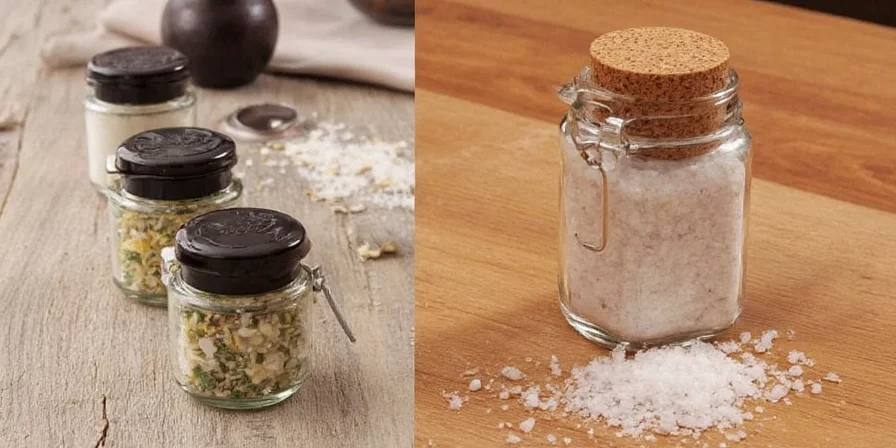
Regional Variations You Should Know
Standard US-style seasoned salt is just one interpretation. Try these regional twists:
- Mexican Adobo: Contains ground cumin and vinegar powder - perfect for fajitas
- Caribbean Jerk: Allspice-dominant with scotch bonnet heat - great on grilled pineapple
- Middle Eastern Za'atar: Features sumac's tartness - amazing on roasted carrots
Frequently Asked Questions
Can I substitute seasoned salt for regular salt?
Use 3/4 tsp seasoned salt for every 1 tsp regular salt. Remember it contains additional ingredients that can overpower delicate dishes if overused.
Why does my seasoned salt clump?
Humidity activates the salt. Add 1-2 uncooked rice grains to the container to absorb excess moisture without affecting flavor.
Does seasoned salt contain MSG?
Most major US brands don't add MSG, relying instead on natural umami from garlic and onion. Check labels for "monosodium glutamate" or "hydrolyzed vegetable protein" to confirm.
How to fix oversalted dishes?
Add acid (lemon juice or vinegar) which binds to sodium ions, reducing perceived saltiness. For soups/stews, add raw potato chunks while cooking - they absorb excess salt.
Final Practical Tips
Seasoned salt works best when you understand its limitations. It's not a replacement for fresh herbs in finished dishes, but excels at building foundational flavors during cooking. For best results:
- Use different blends for different proteins (chicken vs. fish vs. beef)
- Always add during the last 5-10 minutes of cooking for vegetables
- Store in airtight containers away from heat and light
- Make small batches of homemade to ensure freshness
When used correctly, seasoned salt transforms ordinary meals with minimal effort - the reason it's been a kitchen staple for decades. Keep a shaker next to your stove for instant flavor upgrades to everyday cooking.


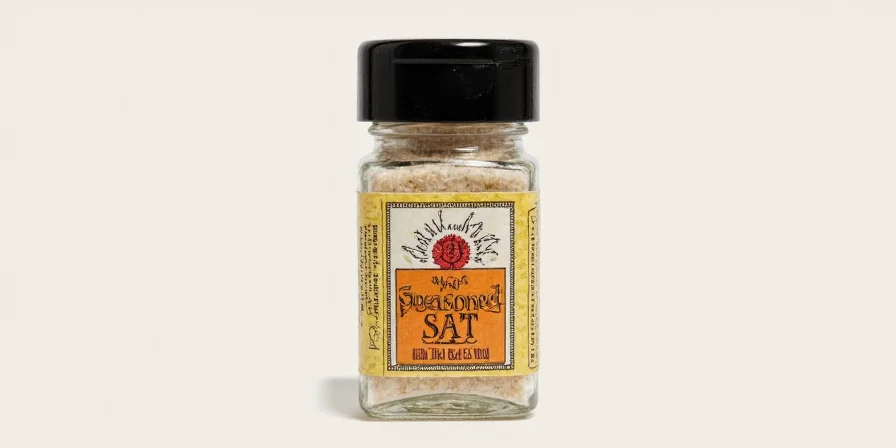









 浙公网安备
33010002000092号
浙公网安备
33010002000092号 浙B2-20120091-4
浙B2-20120091-4